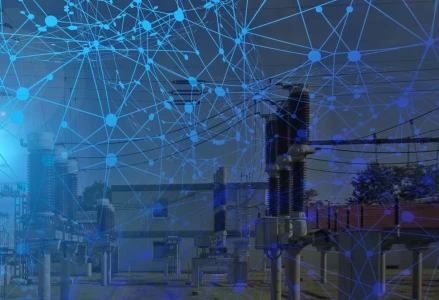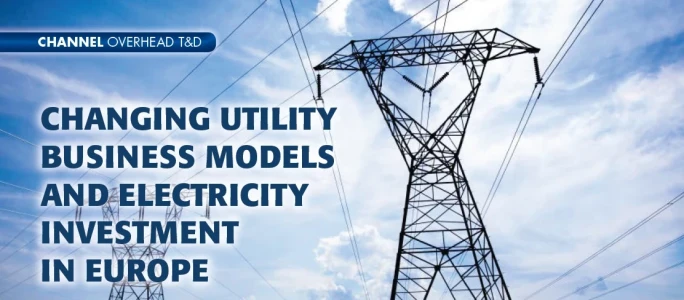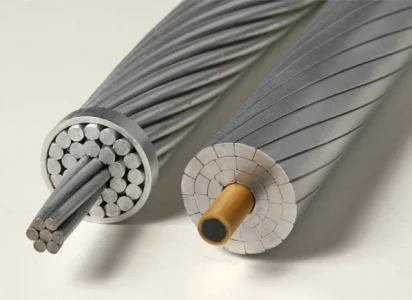Underground Distribution Sensors

Exploring the benefits of wide-area monitoring
BY TED MYERS, On-Ramp Wireless
The average citizen and business experiences over 120 minutes of electricity outage duration a year. This has a significant societal impact costing 10s to hundreds of billions of dollars annually. Furthermore, the measure of customer outage time—Systems Average Interruption Duration Index (SAIDI)—is on an upward trend as a result of aging infrastructure and other factors.
Recognizing the need to improve electric distribution system reliability, and the associated benefit to the United States, the U.S. Department of Energy (DOE) has a stated goal to achieve a 20 percent reduction in SAIDI by 2020. The DOE is working with industry, national labs, universities and other groups to research, develop and demonstrate commercially viable solutions to modernize the grid and deliver the true measurable benefits of the Smart Grid.
Though many grid assets are still above ground, many electric utilities are moving a large percentage of their distribution grid underground to improve reliability and environmental aesthetics. In more recently developed areas, grid undergrounding is increasingly common with some utilities having over 65 percent of their circuit miles below ground. For example, California-based San Diego Gas and Electric have 70 percent of their circuit miles below ground.
With the benefits of undergrounding also come challenges. Manually troubleshooting below-ground circuits is extremely costly due to traffic obstructions, confined environments, and dangerous conditions such as flooded manholes. North American electric utilities want and need monitoring of these underground assets, but to date, Smart Grid communications technologies, such as underground distribution sensors, have not been available to reliably service these assets.









